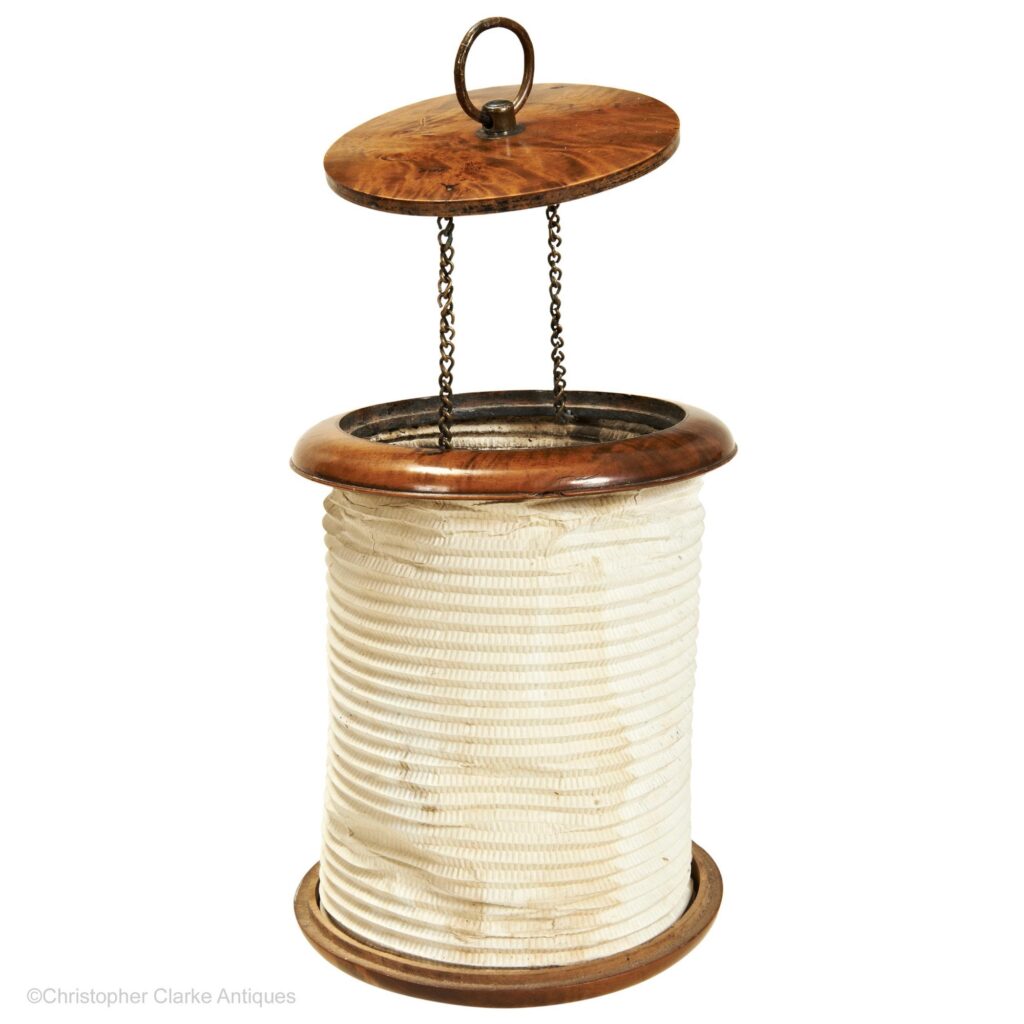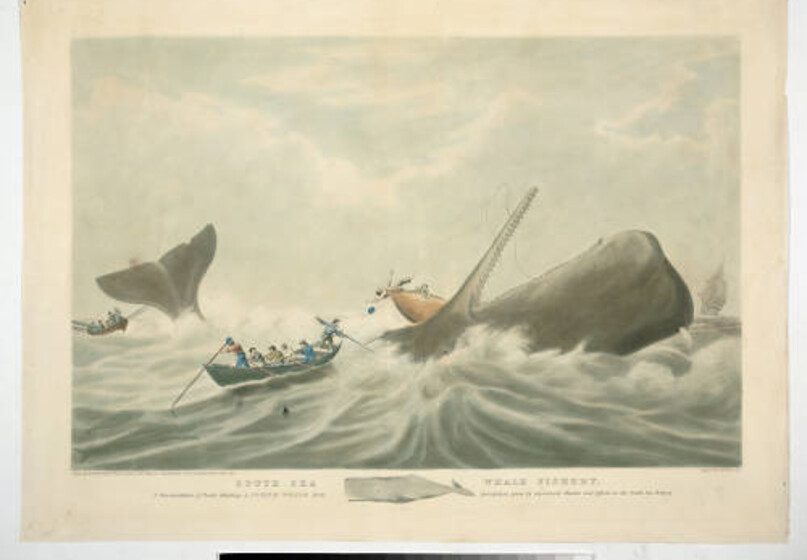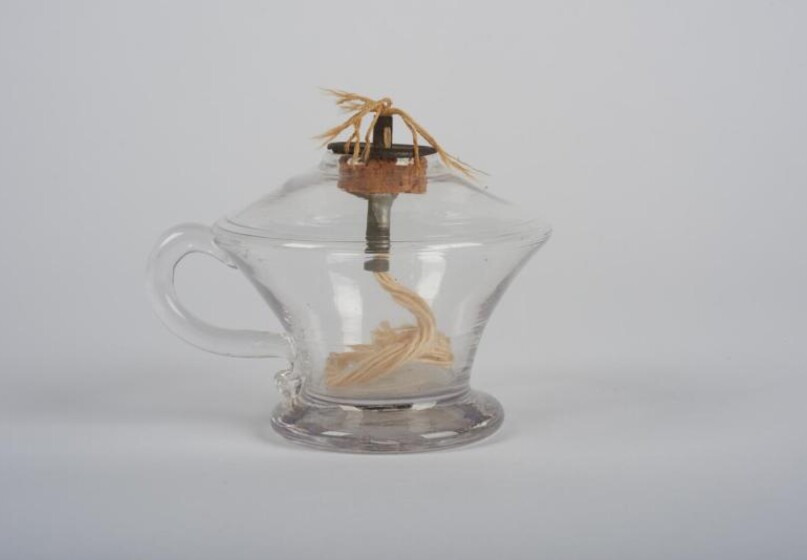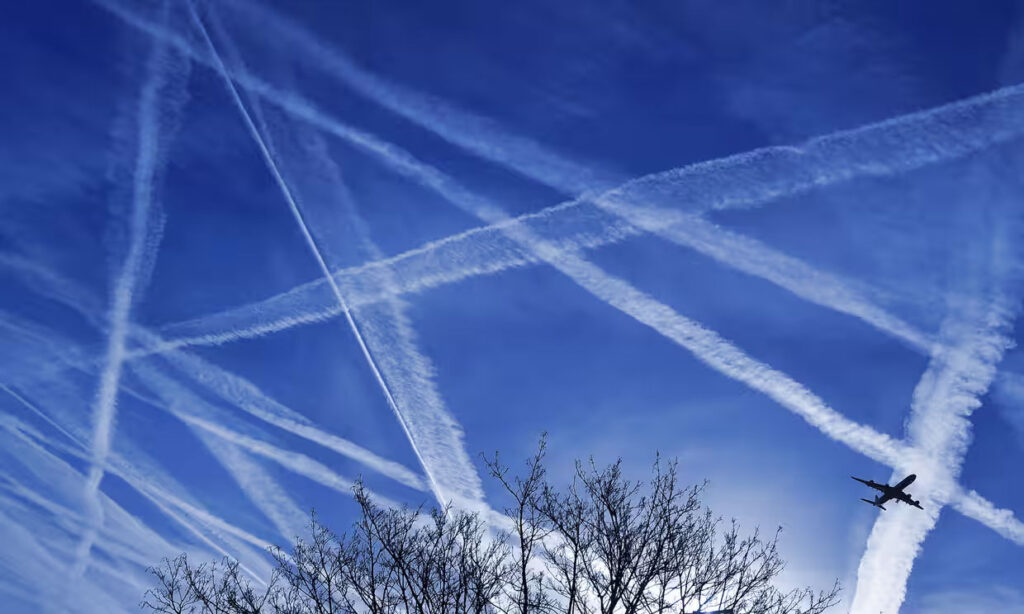The dual theme of my A to Z Challenge this year is the world of Commodities and Poetry Forms so the juxtaposition of these two themes may throw up some strange poems – could be a Heroic Ode to Heating Oil or will it merit a Haiku or a Haibun – whichever, I will be endeavouring to bring you interesting facts about commodities that may change the way you think about the stuff we variously depend on…
By commodity I mean certain items that are of both sufficient value/volume to be traded in special markets and are generally volatile enough to attract traders in “Futures” which are a way of hedging bets in the trading world of stocks, shares and commodities.
The A to Z Challenge runs throughout April and will consist of 26 posts – there are only a couple of letters for which I couldn’t find commodities but plenty of poetry forms to carry the day
Worldwide trade in Kerosene 1998 $9 Billion – rank 151 / 771
It’s some times hard to find the exact date figures for each commodity and for Kerosene I commend this site for its excellent infographic on producers and importers of kerosene (even if it is 1998 and not 2022 as I have tried to stick to…)
The Lady with the Lamp…
One of the iconic images of the early Nineteenth Century, is that of Florence Nightingale depicted as “The Lady with the Lamp” and I imagined that she might have used some sort of oil lamp and that might be a good place to start with talking about kerosene, but the truth of this image is rather more complicated.
I already mentioned Kerosene under the letter H for Heating Oil as a commodity and Kerosene is a specific form of Paraffin derived from Crude Oil distillation. Kerosene can be used contemporarily as heating oil but also as aviation fuel, rocket fuel and it was one used as a replacement for whale oil in lamps, much to the relief of whales who were being hunted to the brink of extinction by the 1860’s. The growing scarcity of whales raised the price of whale oil as a commodity and drove the search for alternatives such as petroleum-derived Kerosene. So today I want to examine the historical importance of Kerosene as a major commodity for lighting.

Going back to “The Lady with the Lamp” for a moment – The Florence Nightingale Museum exhibits a Turkish Fanoos lantern which it claims is the correct type of lamp that the eponymous inventor of The Nightingale Ward would have used. This is a concertina-style paper lantern – a collapsible travelling lantern which would have had a candle inside. Candles, incidentally, can be made from Paraffin Wax – another product closely related to Kerosene. But the more romantic image of Florence Nightingale carrying a Greek or “genie” lamp burning some form of oil, caught the public imagination more after several depictions of such – so much so, that “A further layer of meaning was added to the lamp with the foundation of the Nightingale Training School in 1860. The oil lamp was already a symbol of learning because it had enabled reading in the hours of darkness since classical times. Now the lamp came to represent nurse education.”
Oil lamps had been used for thousands of years often vegetable oils so in the Mediterranean countries this would have been Olive Oil. There were many seeps of crude oil around the world and one of the oldest attempts to extract oil for lighting oil, is the Persian scholar Rāzi, who created a form of kerosene by filtering petroleum through an alembic with materials like clay. It was not until 1854 that “a Polish pharmacist, Ignacy Łukasiewicz, invented the kerosene lamp – a device that quickly went on to light up Europe. He also went on to open the first oil mine and kerosene refinery in the world, becoming a pioneer of the oil business.” In America, “Until the late 19th century, an oil find often was met with disinterest or dismay. Pioneers who settled the American West dug wells to find water or brine, a source of salt; they were disappointed when they struck oil”. But with the perfection of the method of extracting kerosene from crude oil, the new commodity was set to take over from Whale oil and literally save their blubber.

Later, the major commodity to be extracted from Crude Oil, would become Gasoline which we encountered under “G” – which just goes to show how commodities can change over time. Whole industries such as whaling (1780-1860) can rise and fall in less than a hundred years. Likewise, the shift from crude oil’s importance as a source of kerosene lamp oil was eclipsed by the advent of electric light although it gained a new lease of with the advent of jet engines and as a heating oil and the gasoline fuelled the growth of the motor car and the asphalt created the roads for cars to run on until every fraction of crude oil was utilised for something – spanning many separate commodity markets.
The other narrative running through this evolution of commodities, is the way that we humans have exploited the natural world for whatever riches our burgeoning “civilisation” has required. Vegetable oil lamps were sustainable, whale oil lamps nearly extinguished whales and fossil fuels are largely responsible for the unfolding disaster of climate change! Hmmm…
And so to today’s poem which at “K”, brings us to a French poetry form called the Kyrielle. “written in quatrains (a stanza consisting of 4 lines), and each quatrain contains a repeating line or phrase as a refrain (usually appearing as the last line of each stanza). Each line within the poem consists of only eight syllables. There is no limit to the amount of stanzas a Kyrielle may have, but three is considered the accepted minimum.
Some popular rhyming schemes for a Kyrielle are: aabB, ccbB, ddbB, with B being the repeated line, or abaB, cbcB, dbdB. Mixing up the rhyme scheme it’s possible for an unusual pattern of: axaZ, bxbZ, cxcZ, dxdZ, etc. with Z being the repeated line.”
Kerosene – A Kyrielle
Homes once lit by Whale Oil lamps
were the reason why whales were hunted
– long before the “Save the Whales” camp
‘twas Kerosene saved the whales.
Kerosene a component of crude oil
scars our skies with jet vapour trails
but when whalers ceased their toil
then Kerosene saved the whales!
Electric lamps made safer homes
then aviation took up the slack
made tourists of us – ones who roam
but kerosene saved the whales!
Whale watching is the latest fad
no matter how much Kerosene burnt
do you not realise it’s mad
when Kerosene saved the whales
only to have them share our fate
and all die from global warming
we denying it till it’s too late
– did kerosene save the whales…?
© Andrew Wilson, 2024


